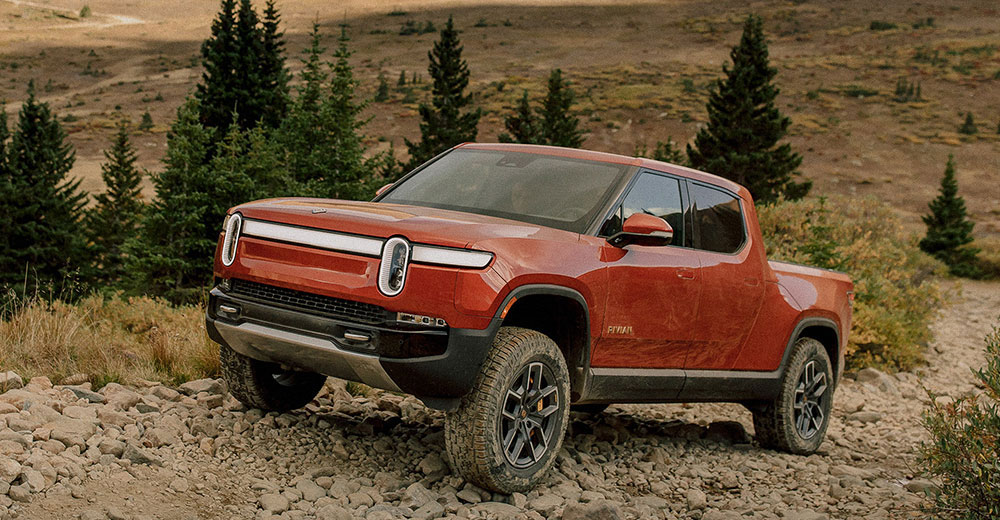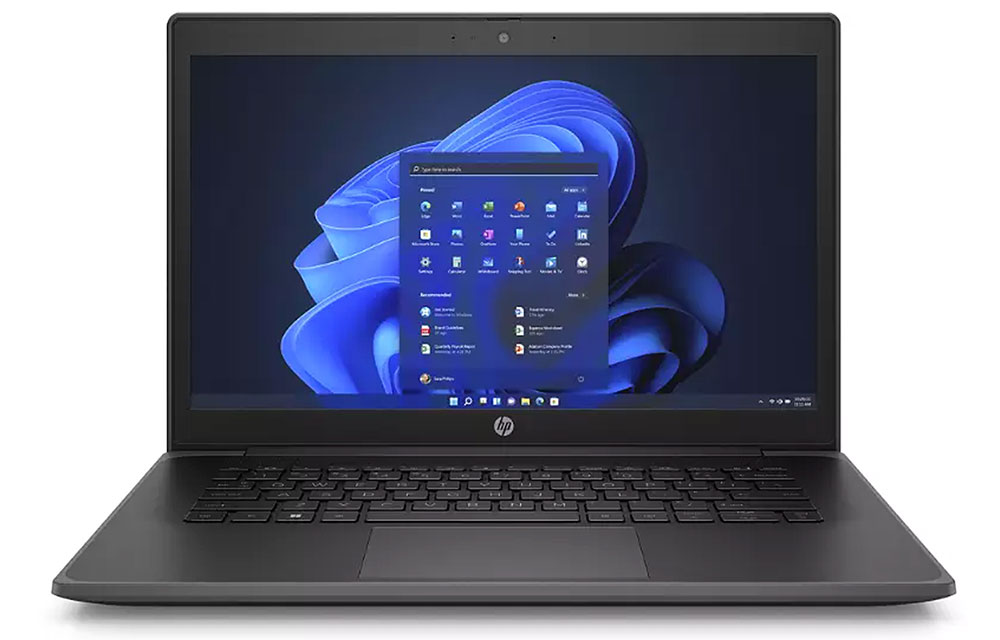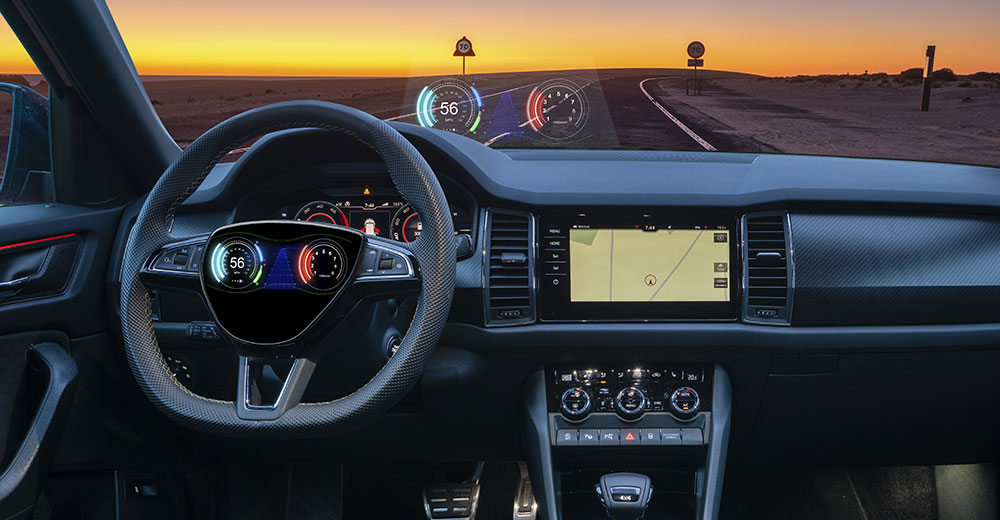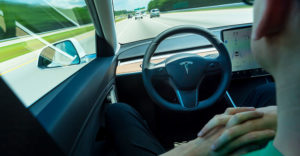The automotive market is moving rapidly to make and sell autonomous vehicles, but the studies I’ve seen suggest that two out of three drivers don’t want them.
I’ve seen this resistance to new technology several times over the years. In cars, we had the early voice technology that replaced idiot lights, automatic seatbelts that wrapped around your neck if you were looking out the window when you opened your door, and cars like the Pontiac Aztek that must have been created by a drunk design team.
In the autonomous car segment, we have Tesla, which seems to be going out of its way to scare us away from this technology, even as it tries to get us to subscribe to it rather than buy it.
This week, let’s talk about what the industry is doing wrong with its positioning of autonomous electric cars. Then we’ll close with my product of the week, an impressive line of student-focused, durable laptops from HP.
Giving Up a Privilege
One thing that should be clear to everyone this year is that a lot of people don’t like giving up a privilege, even if it is in their best interest to do so.
When people fought seatbelts in cars, they had to be mandated. When people fought for helmets for motorcycle riders, they had to be mandated. Recently because of the pandemic, people fought masks and vaccines — and are still fighting them — even though they were mandated.
But people will wear hats and dress warmly in winter and use umbrellas when it rains. The trick seems to be to position the solution not as punishment or loss of some freedom but as for protection or comfort.
For instance, while I don’t like wearing a mask in the summer, in the winter, it keeps my face warm, and I wonder why I haven’t always worn one outside in the cold. We could design masks that are more comfortable, more effective, and look good while also talking about mask-wearing’s additional benefits, like not catching colds and keeping bugs out of our mouths.
If you want to be more successful with masks, just make them a better fashion choice. That alone would make using them more attractive to many of us.
Often, we are far more responsive to carrots than sticks. That should be our approach to autonomous cars.
Chauffeur vs. Guardian
As highlighted by Toyota years ago, there are two potential modes for autonomous driving: Chauffeur, which handles all the driving, and Guardian, which gives the option of letting the car drive for you and protecting against the human mistakes you might otherwise make.
For instance, in Guardian mode, the vehicle would see that another car was running a stoplight and stop your car, preventing a collision. It could tell that you are driving distractedly and keep your car in the lane safely, and it would detect an accident a mile ahead and, if you weren’t paying attention, act to avoid it.
In Chauffeur mode, you don’t have the option to drive. Using Guardian, you are protected from accidents that might damage your car or harm you or those you care about.
Remember that in Guardian mode, you could choose to turn off the technology, but there will be a record that you’ve done so. If you subsequently have an accident, you’ll be liable, and your insurance company won’t be pleased. If you have an accident when in Guardian mode because of another driver’s screw-up, there’s a record of it, as well, and neither you nor the car manufacturer should be liable.
So, with Chauffeur, which is the option we seem to be focusing on, you lose the ability to drive. With Guardian, you become a better, safer driver, and there is even an advantage for those of us that track our cars. For cars that are tracked, it can also be an instructor, automatically teaching you how to steer clean lines around corners and how to properly hit an apex while keeping you from exceeding the car’s capabilities and crashing, making track day insurance far cheaper and easier to get.
Touting Electric Cars
When it comes to electric cars, we tend to focus on range limitations, the lack of charging infrastructure, and no ‘vroom’ sounds.
What we seem to forget is that decades ago, when GM brought out far less capable electrics, people loved them so much that they didn’t want to give them back. This was because you didn’t have to worry about bad gas, gas prices, most breakdowns, or forgetting to fill up (because your car is charged in your own garage when you park it for the night).
Yes, they still suck for long-distance drives, but that is changing. How many of us take long drives in our cars anymore?
Electric cars generally work a ton better when traction is iffy because you can apply torque more evenly (mine is like a tank in the snow), and the same is true off-road. Although they aren’t great on a road track due to range and weight issues, they are awesome on a drag strip, yet everyone and their brother seems to want to showcase them on road tracks. There are a few Tesla drivers who regularly embarrass ICE cars that were built for drags trips.
So, the trick to selling electric cars is to promote their benefits and target audiences that will make the best use of them, like people with garages they can charge in, those that have short commutes, and folks that need the unique benefits that EVs can provide.
Electrics make a ton more sense as a pickup truck than almost any other configuration, given how people drive those. That’s something Rivian seemed to understand, but Tesla didn’t.

2022 Rivian R1T (Credit: Rivian)
Wrapping Up
Autonomous cars will save lives, and electric cars will help save the planet, but neither will meet expectations if they aren’t showcased as a benefit rather than a punishment.
Driving an electric to help save our environment sounds like a punishment, but buying one because it will be a far better vehicle to drive sounds like a reward.
Getting an autonomous vehicle that prevents you from driving sounds like a punishment, while getting one that keeps you, your spouse, and kids safer while allowing you to smile and wave at the gas stations you no longer need is a privilege.
Autonomous electric cars won’t be for everyone for a few years yet. But if the industry doesn’t start focusing on the advantages rather than the shortcomings, the related sales won’t meet expectations, and we won’t see the benefits to the planet or reduced traffic fatalities that will result from having them at scale very quickly.
This isn’t a technology problem. It’s a marketing problem. If the industry doesn’t figure this out, it will become our problem, regardless.

HP Fortis Laptops for the Education Sector
This week, my product of the week isn’t one product but a new line of PCs for the education market.
What makes this line unique is that it is hardened. It reminds me of a project that came out around 20 years ago called StudyPro. This was a joint effort between Intel and Microsoft in the late 1990s, before Wi-Fi, and they rolled out a lot of them as a trial. That laptop used diffuse IR for connectivity. It was a seven-pound titanium product that the presenter tossed across the stage and jumped on to showcase its durability. Obviously, it was built to survive kids.
I remember commenting at the time that there were a few sales reps who were particularly hard on laptops that I’d like to see get one. Finally, it was connected to remote service (this was long before the cloud) to provide centralized management.
Since then, it often seemed like the OEMs, instead of promoting hardened products for kids, built cheap products that didn’t hold up in schools and were problematic to support. Well, that just changed.
HP last week announced a new line of laptops for kids called Fortis. These are durable laptops that remind me of that old StudyPro, but they come with up-to-date technology and are designed for the kind of grief and creativity that kids can provide.

HP ProBook Fortis 14″ Windows laptop (Credit: HP)
The G9 lines are for grade school, while the G10s are for older students that will need more power. However, I can imagine several scenarios where adults might prefer these for their own PCs because kids often borrow their parents’ laptops.

A flexible 360-degree hinge on the HP Pro x360 Fortis 11″ G9 and HP Pro x360 Fortis 11″ G10 lets students learn in interactive and personalized ways. (Credit: HP)
For kids that need more screen space than low weight or portability, there are the 14-inch products. For those that want more portability than screen size, the 11-inch products are a good fit. There’s even an 11-inch G9 Chromebook for those that are working in Google-centric schools.

The 11″ G9 Q Chromebook is HP’s thinnest and lightest Fortis device. (Credit: HP)
Kids are hard on technology, and it is my view that laptops for kids should be some of the most robust laptops made because kids are hard on things. HP stepped up with these durable devices for blended learning environments — and its Fortis line is my product(s) of the week.
























































